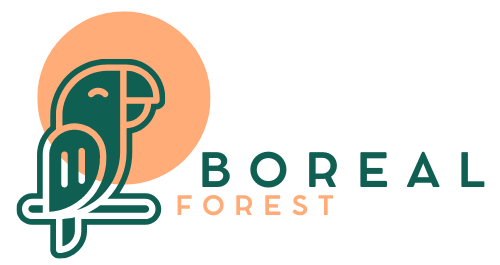Distinguishing Features – Overall colouration, grizzled-gray mixed with reddy-brown, giving “salt & pepper” look, darker on back; sides, more grayish; underside, brownish with a whitish highlights. Dominant black mask extends from eyes across cheeks. Ears, edged in white; tail bushy with prominent dark rings.
Size

75 – .93 m (2.5 – 3.1 ft)
Habitat
Much less frequent in Northwestern Ontario than southern parts of the province; mainly in the more temperate southern regions of the district; in wooded areas near waterways; will sometimes take up residence in building structures with convenient entry points.
Diet
Omnivorous. fruits, nuts, berries, crayfish, insects, frogs, fish; sometimes small birds and eggs. In populated areas the raccoon will eat fruit from gardens and even contents of a garbage can.
Notes

The raccoon is a very adaptable mammal and is widespread throughout the United States and southernmost regions of Canada. Its succesful spreading into the boreal forest has been limited only by its inability to tolerate colder winters. However, where it has thrived, it has been through its adaptability and clever nature.
Raccoons like to “wash” their food before eating. It is a way of feeling for inedible matter which they then discard.

